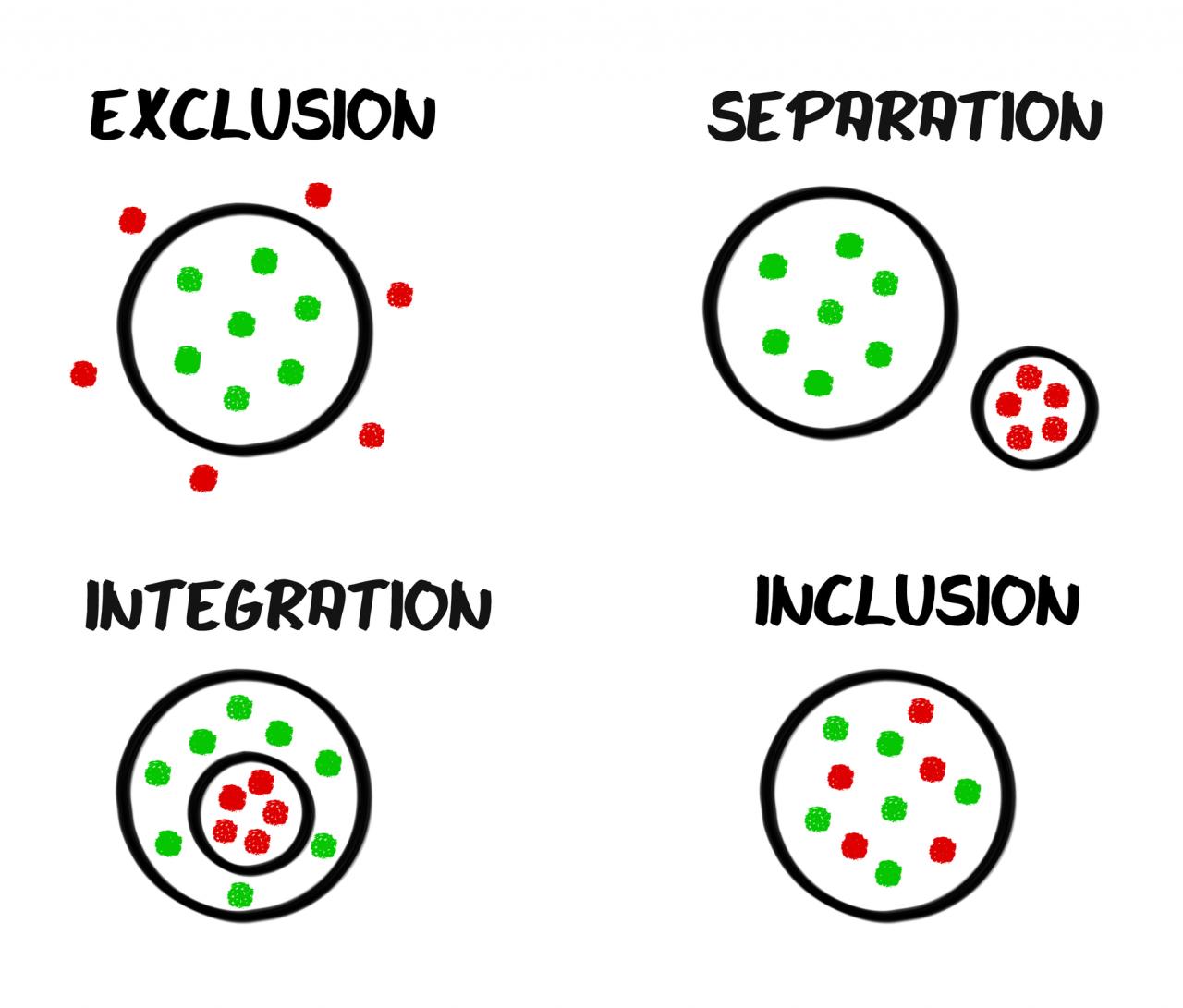
As almost all the European cities, partners of URBinclusion are threatened by the increase of social polarisation, which is a consequence of many parallel processes: a growing volatility of employment (due to increased global competitiveness challenges) and a recent boom in migration to Europe and its cities. These factors are complemented by a progressively retreating welfare state and privatisation of services in several countries leading to higher costs for basic needs. Demographic changes also plays a pivotal role in shaping the urban landscape.
Traditional social policies are challenged by the “inter-connectedness of inequalities” and the consolidation of a vicious circle of poverty that is structural (and not only individual) and becomes very visible at the spatially concentrated levels of cities and neighbourhoods. Different factors contribute to determine poverty levels in deprived neighbourhoods as unemployment, high housing costs, low education, health inequalities and low level of participation in public life. Inequalities are increasing in all those domains and these domains are very much connected.
Putting the spotlight on “interconnectedness” of policy measures implies a deep rethinking of decision making processes as well as an open-minded approach to organisational change management. Leaving behind the “working in silos” mentality and building collaborative bridges between the municipality and the other authorities involved as well as among different branches of the municipality itself is in most cases challenging.
Furthermore, partners of URBinclusion observed that poverty does not only create social differences between people and groups; it also leads to spatial differences. Social divisions and segregation are increasing in many cities and pose a major challenge to people living in urban areas. Recent independent studies have demonstrated that the widening gap between rich and poor is leading to segregation in more and more European cities. The rich and the poor are living at increasing distance from each other, and this can be disastrous for the social stability and competitive power of cities.
In relation to poverty and exclusion, NGOs and third sector organizations are integrated in new governance regimes; almost all the cities participating in URBinclusion they may even situate at the core of new governance arrangements. This seems to be the case where emphasis is laid on governing through (self-governing) networks on openness in making and implementing policy, on the virtues of client participation in service delivery and on the interplay between formal and operational policies.
Indeed, it entails adopting a horizontal approach between the different departments of the municipality and a real hybridisation of public policies. The integrated strategies are focused on urban areas where a large number of factors have an impact on poverty and social exclusion: urban spaces, housing, education and social care, commercial, cultural and recreational activities. Ensuring the integrated approach is a huge effort due to the extension and diversity of the involved stakeholders.
Also, the participation of different levels of government in the urban sustainable strategy becomes crucial. Solutions to face problems at neighbourhood level perhaps can be solved only at a higher level because they need the resources and the political support of metropolitan or regional institutions. That calls for different kinds of institutional agreements and coordination of public policies.
What brought together cities to launch the URBinclusion network is their conviction that a new model of delivering public policies in the field of social inclusion, should be adopted. Basically, it must include innovative solutions, new agreements between private, public and community sectors, new processes of decision-making and co-creation and co-management of public services.
All the involved cities agree that implementing the integrated approach is a very complex issue within the local authority. People work usually in departments with a sectorial vision. The adoption of an integrated approach requires a huge effort of sharing and cooperation that needs at the same time a radical shift in mental models and in professional culture. Regarding social inclusion and combatting poverty the need for an integrated approach is based on the assumption that the factors producing exclusion should be tackled simultaneously.
We can see how different cities belonging to URBinclusion are dealing with this implementation challenges.
In Copenhagen, the strategy runs in two parallel tracks: a physical/design track to improve the quality of urban space and a social and cultural dissemination and empowerment process to produce strong networks and partnerships. The integration and the balance between these two dimensions, require a complex process of decisions making. Different kind of actors and different municipal departments with different priorities, interests and perspectives, should be on board.
The strategy of Turin is based on the promotion of new urban welfare models, as a results of projects designed and implemented by local communities, and new forms of interaction with public institutions to face specific problems in an urban poor area where the active participation of citizen can make the difference. This also means in terms of strategy to pave the way towards the change of the role of public authorities in facilitator/broker/partner of social innovative solutions.
In Krakow the revitalization program of deprived urban areas represents a strategic approach that has to be “translated” into operational language of projects and continuous tasks carried out by several units (departments) of the City Hall and external units representing different approaches. That requires implementing suitable structure and information system to develop proper coordination and complementarity of activities in an open, transparent participatory sequence of actions.
In Barcelona a big challenge that should be faced when an urban integrated strategy for urban regeneration and poverty reduction is adopted, is the need of “integrated municipal teams” for social support. Integration of social services located in the area, and interrelation of different municipal departments involved in urban regeneration (architects, employment officers, social workers, cultural animators, teachers, etc.). Organizing decision making deals also with developing co-creation and co-production of services and actions related to the integrated strategy of urban sustainable development.
